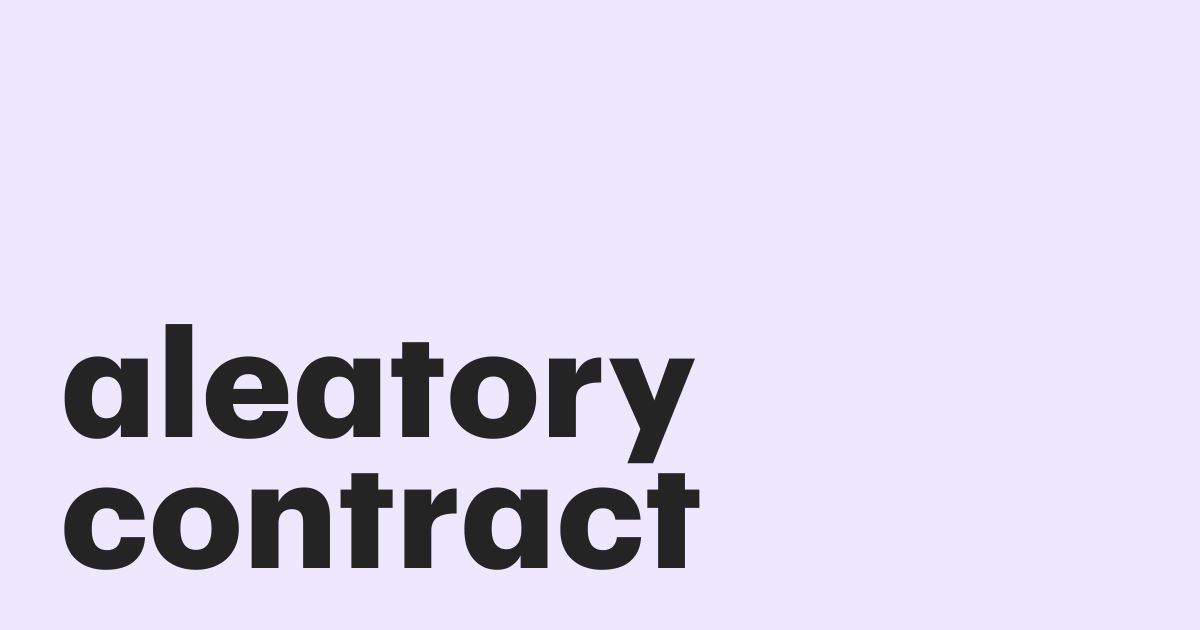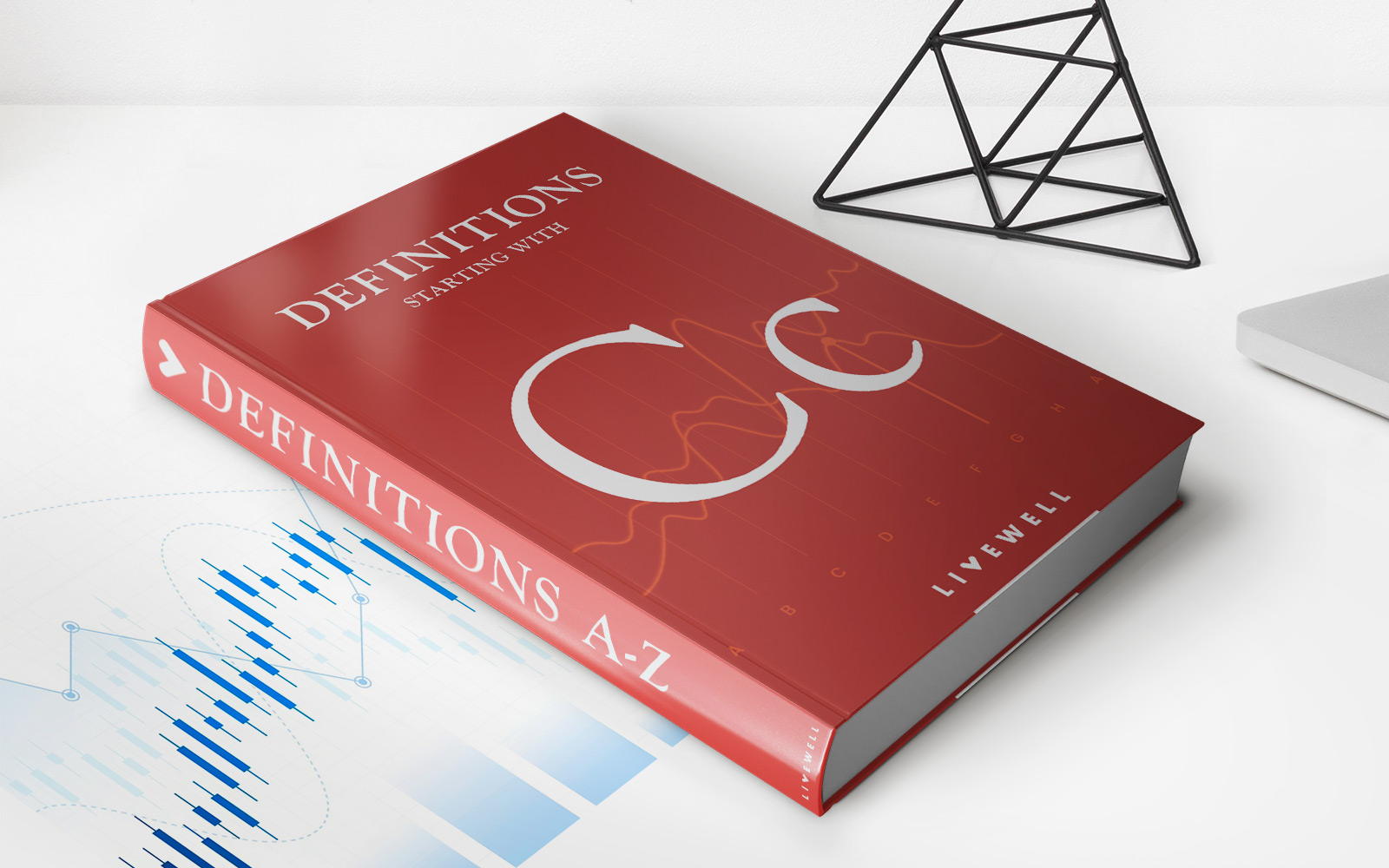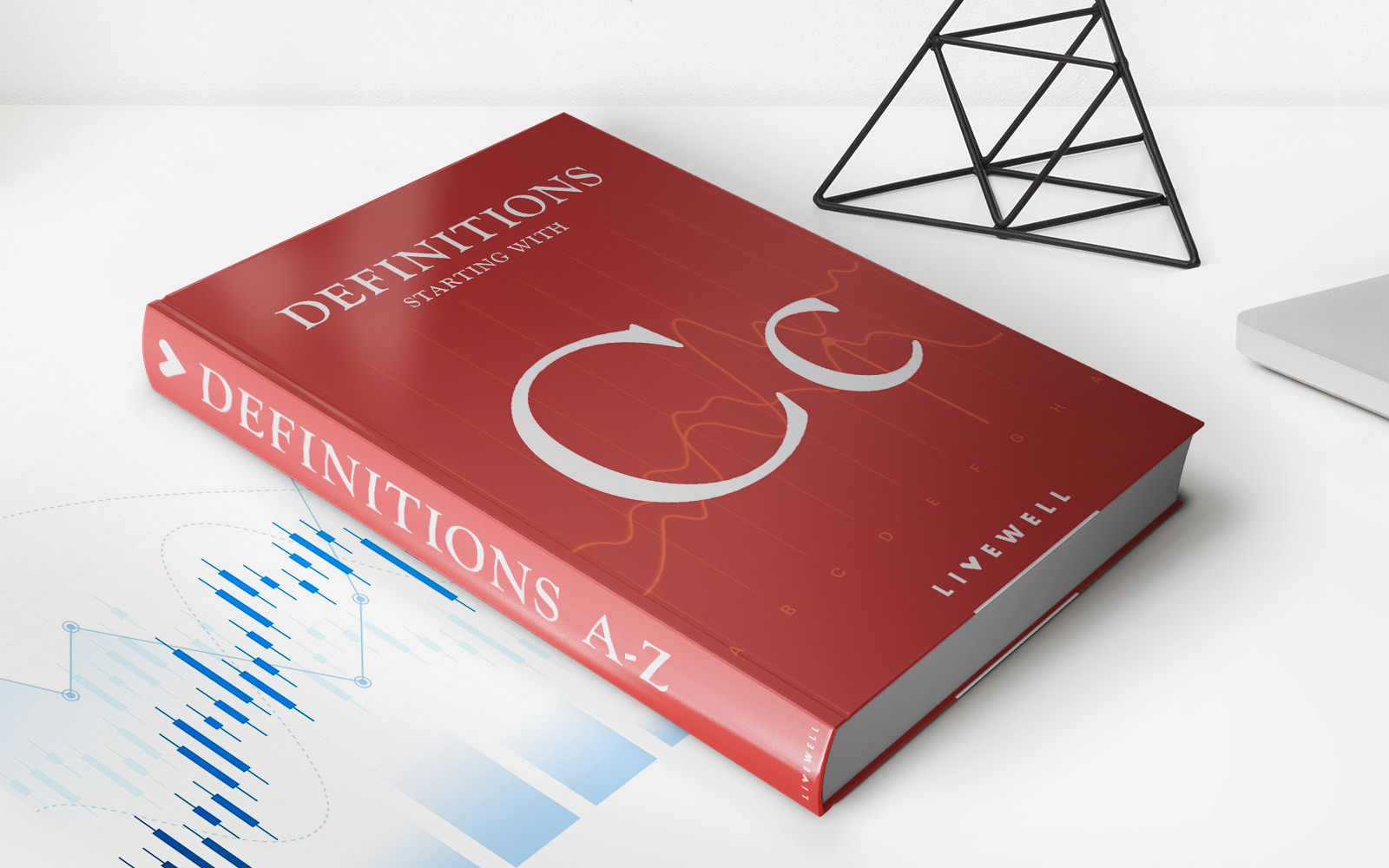Home>Finance>Why Are Insurance Policies Called Aleatory Contracts?


Finance
Why Are Insurance Policies Called Aleatory Contracts?
Modified: December 30, 2023
Explore the concept of aleatory contracts in insurance policies and understand why they are known as such. Dive into the world of finance and unravel the intriguing nature of these agreements.
(Many of the links in this article redirect to a specific reviewed product. Your purchase of these products through affiliate links helps to generate commission for LiveWell, at no extra cost. Learn more)
Table of Contents
Introduction
Insurance plays a crucial role in managing risk and providing financial security. When purchasing an insurance policy, you may have come across the term “aleatory contract.” Have you ever wondered why insurance policies are referred to as aleatory contracts? In this article, we will explore the concept of aleatory contracts and uncover why this term is used to describe insurance policies.
Aleatory contracts, also known as contingent contracts, are agreements wherein the performance and the amount of consideration depend upon the occurrence of an uncertain event. This type of contract acknowledges the element of chance and the potential for unequal exchange between the parties involved. While aleatory contracts are not exclusive to insurance policies, they are commonly associated with them due to the inherent nature of insurance transactions.
Insurance policies are designed to provide financial protection against risks and unforeseen events. By understanding why Insurance policies are referred to as aleatory contracts, we can gain deeper insights into the unique characteristics and operations of the insurance industry. So, let’s delve into the world of aleatory contracts and explore its connections to insurance.
Definition of Aleatory Contracts
Aleatory contracts are a type of agreement in which the performance and the amount of consideration are contingent upon the occurrence of an uncertain event. The word “aleatory” is derived from the Latin term “alea,” which means “dice game” or “game of chance.” This reflects the element of risk and unpredictability involved in these contracts.
Aleatory contracts are characterized by the unequal exchange of value between the parties involved. One party may receive a significantly greater benefit than the consideration they provide, while the other party may receive little or no benefit at all. This unequal exchange is justified by the uncertainty surrounding the outcome of the event on which the contract is based.
These contracts are not limited to insurance policies, as they can exist in various other forms, such as gambling agreements, certain financial derivatives, and even some types of business contracts. However, aleatory contracts are most commonly associated with the insurance industry, where they form the foundation of insurance policies.
In the context of insurance, aleatory contracts are designed to provide financial protection against potential risks and losses. The policyholder pays a premium to the insurer, and in return, the insurer promises to pay out a specified amount or provide coverage in the event of a covered loss or occurrence. The amount the policyholder pays as a premium is typically much smaller than the potential payout they could receive in the case of a covered event.
A key distinction of aleatory contracts is that the performance of the contract is uncertain and contingent upon the occurrence of a specific event. If the event does not occur, the contract remains unfulfilled, and neither party owes any obligation to the other. This uncertainty makes aleatory contracts fundamentally different from commutative contracts, where the parties have an immediate and equal exchange of value.
Now that we have established the definition and key characteristics of aleatory contracts, let’s explore why insurance policies are commonly referred to as aleatory contracts.
Characteristics of Insurance Policies
Insurance policies possess unique characteristics that distinguish them from other types of contracts. These characteristics contribute to the classification of insurance policies as aleatory contracts. Let’s explore some of the key characteristics of insurance policies:
- Risk Transfer: Insurance policies are designed to transfer the risk of potential losses from the policyholder to the insurer. By paying a premium, the policyholder shifts the financial burden of a covered event to the insurer, who agrees to provide compensation or coverage.
- Indemnification: Insurance policies aim to indemnify the insured party, meaning they seek to restore the policyholder to their pre-loss financial position. The insurer provides compensation or coverage for the financial losses suffered by the policyholder due to specific covered events.
- Pooling of Risks: Insurance works on the principle of pooling risks. Many policyholders contribute premiums to a common pool, which is used to compensate the few who experience losses. This spreading of risk enables individuals or businesses to protect themselves against significant financial burdens.
- Unforeseen Events: Insurance policies typically cover unforeseen events or risks that are beyond the policyholder’s control. These events may include accidents, natural disasters, theft, illness, death, or damage to property. Insurance policies do not provide coverage for intentional actions or events within the policyholder’s control.
- Contractual Agreement: Insurance policies are contractual agreements between the policyholder (insured) and the insurance company (insurer). The terms and conditions, coverage limits, exclusions, and premiums are specified in the contract, providing a legal framework for the relationship between the parties.
- Utmost Good Faith: Insurance contracts are based on the principle of utmost good faith, which requires both parties to disclose all relevant information honestly and transparently. The insured must provide accurate details about their risk profile, while the insurer must provide clear and comprehensive policy terms.
These characteristics highlight the distinctive nature of insurance policies as aleatory contracts. The element of risk, the transfer of financial burdens, and the uncertain occurrence of covered events create the foundation of aleatory contracts in the insurance industry. Understanding these characteristics is essential in comprehending why insurance policies are referred to as aleatory contracts.
Reasons for Calling Insurance Policies Aleatory Contracts
Insurance policies are commonly referred to as aleatory contracts due to several reasons. These reasons highlight the unique nature of insurance transactions and the inherent uncertainty associated with them. Let’s explore the primary reasons for calling insurance policies aleatory contracts:
- Unequal Exchange of Value: Aleatory contracts are characterized by an unequal exchange of value between the parties involved. In the case of insurance policies, the policyholder pays a relatively small premium compared to the potential payout they could receive in the event of a covered loss. The insurer assumes the risk of providing a substantial benefit if the insured event occurs, while the policyholder benefits from the financial protection provided by the insurance policy.
- Uncertain Occurrence of Events: The occurrence of events covered by insurance policies is uncertain and contingent upon factors beyond the control of the policyholder. Whether it is an accident, illness, natural disaster, or theft, the timing and frequency of these events cannot be accurately predicted. As a result, insurance policies are designed to provide coverage against unforeseen events, further reinforcing their association with aleatory contracts.
- Financial Protection against Risks: The purpose of insurance policies is to provide financial protection and mitigate the potential risks faced by individuals or businesses. By entering into an insurance contract, the policyholder transfers the financial burden of potential losses to the insurer. The policyholder pays a premium to secure coverage, and in return, the insurer promises compensation or coverage in the event of a covered loss. The uncertain occurrence of these losses aligns with the aleatory nature of these contracts.
- Element of Chance: In the insurance industry, the element of chance is prevalent due to the unpredictable nature of covered events. Whether it is a car accident, a fire, or a sudden illness, the outcome of these events involves an element of chance. Insurance policies acknowledge this element of chance by providing coverage against these uncertain outcomes, reinforcing their classification as aleatory contracts.
- Potential for Asymmetric Risk: Aleatory contracts, including insurance policies, involve the potential for asymmetric risk. The policyholder pays a relatively small premium compared to the potential payout they could receive in the event of a covered loss. This potential for significantly higher benefits compared to the premium paid further solidifies the association of insurance policies with aleatory contracts.
These reasons demonstrate why insurance policies are commonly referred to as aleatory contracts. The unequal exchange of value, the uncertain occurrence of events, the element of chance, and the potential for asymmetric risk contribute to the distinctive nature of insurance transactions and their classification as aleatory contracts.
Examples of Aleatory Elements in Insurance Policies
Aleatory contracts, such as insurance policies, contain various elements that exemplify their unique nature. These elements demonstrate the element of chance and uncertainty associated with insurance transactions. Let’s explore some examples of aleatory elements in insurance policies:
- Accidental Damage: Insurance policies often provide coverage for accidental damage to property. For example, if a policyholder’s car is involved in an accident, the insurance policy will cover the cost of repairing or replacing the damaged vehicle. The occurrence of the accident is uncertain and beyond the policyholder’s control, making it an aleatory element in the insurance policy.
- Healthcare Expenses: Health insurance policies cover the costs of medical treatments and services. The policyholder pays a premium, while the insurer agrees to cover the expenses incurred for healthcare services. The occurrence of illnesses or injuries is unpredictable, and the financial burden associated with healthcare expenses is uncertain, making it an aleatory element within the insurance policy.
- Natural Disasters: Homeowners insurance often includes coverage for damages caused by natural disasters such as hurricanes, earthquakes, or floods. The occurrence of these events is uncertain, and the magnitude of their impact can vary significantly. As a result, the insurance policy provides coverage against these unpredictable and potentially catastrophic events, exemplifying the aleatory nature of insurance contracts.
- Life Insurance: Life insurance is a prime example of an aleatory contract. The policyholder pays regular premiums, and in return, the insurer promises to provide a death benefit to the designated beneficiaries upon the policyholder’s death. The timing of the policyholder’s death is uncertain, making it an aleatory element within the life insurance policy.
- Business Interruption: Business interruption insurance covers financial losses incurred due to the interruption of business operations caused by unforeseen events such as fires or natural disasters. The occurrence of these events is uncertain, and their impact on business operations varies. The insurance policy provides coverage for such interruptions, reflecting the aleatory nature of these contracts.
These examples highlight the aleatory elements present in insurance policies. The occurrence of accidents, healthcare expenses, natural disasters, or the timing of the insured event in the case of life insurance demonstrates the element of chance and uncertainty inherent in insurance contracts. Understanding these aleatory elements can help policyholders grasp the unique nature of their insurance policies.
Benefits and Drawbacks of Aleatory Contracts in Insurance
The aleatory nature of insurance contracts offers both benefits and drawbacks to policyholders and insurers. Understanding these advantages and disadvantages can provide insight into the dynamics of insurance transactions. Let’s explore the benefits and drawbacks of aleatory contracts in insurance:
- Benefits:
- Financial Protection: Aleatory contracts in insurance provide policyholders with financial protection against potential risks and losses. Policyholders can transfer the financial burden of unexpected events to the insurer, mitigating the potential impact on their personal finances or business operations.
- Risk Management: Aleatory contracts allow individuals and businesses to manage and mitigate risks effectively. By obtaining insurance coverage, policyholders can identify and address potential risks, ensuring they have a safety net in place if these risks materialize.
- Peace of Mind: Insurance policies provide peace of mind to policyholders, knowing that they are covered against unforeseen events. This sense of security allows individuals and businesses to focus on their daily activities without the constant worry of significant financial losses.
- Pooling of Risks: Aleatory contracts in insurance facilitate the pooling of risks among a large number of policyholders. By spreading the risk across a broader group, insurance companies can provide coverage to individuals or businesses that may face higher risks, ensuring the availability of insurance services to a wider population.
- Drawbacks:
- Premium Payments: The main drawback of aleatory contracts in insurance is the requirement to pay regular premiums. Policyholders must allocate financial resources to meet these premium obligations, which can become a burden, particularly in cases where the covered events do not occur. However, policyholders gain the peace of mind and financial protection described above in return for these premium payments.
- Possible Coverage Limitations: Insurance policies often have coverage limitations, such as exclusions, deductibles, and limits on the amount of coverage available. These limitations can affect the overall extent of financial protection provided by the policy. It is crucial for policyholders to review and understand the terms and conditions of their insurance policies to ensure they have adequate protection for their specific needs.
- Claims Process: While insurance policies aim to provide quick and efficient claims processing, there can be complexities and delays in the claims settlement process. Policyholders may require documentation, inspections, or other procedures to validate their claims. This can create frustration or inconvenience, particularly during times of distress or urgent need.
Despite the drawbacks, the benefits of aleatory contracts in insurance, such as financial protection, risk management, and peace of mind, outweigh the disadvantages for most policyholders. Insurance policies play a vital role in safeguarding individuals and businesses against unexpected events, promoting stability, and providing a safety net in times of crisis.
Conclusion
Insurance policies are commonly referred to as aleatory contracts due to their unique characteristics and the inherent uncertainty associated with them. Aleatory contracts are agreements in which the performance and consideration depend on the occurrence of an uncertain event.
Throughout this article, we have explored the definition of aleatory contracts, the characteristics of insurance policies, and the reasons for referring to insurance policies as aleatory contracts. The unequal exchange of value, the uncertain occurrence of events, and the element of chance exemplify the aleatory nature of insurance transactions.
Insurance policies provide several benefits, including financial protection, risk management, and peace of mind. Policyholders can transfer the financial burden of unexpected events to insurers, allowing them to manage and mitigate risks effectively. The pooling of risks ensures the availability of insurance services to a wider population.
However, insurance policies also come with drawbacks, such as premium payments, coverage limitations, and potential complexities in the claims process. Policyholders need to carefully review and understand the terms and conditions of their insurance policies to ensure they receive adequate protection and navigate the claims process smoothly.
In conclusion, insurance policies are aptly referred to as aleatory contracts due to the element of chance, unequal exchange of value, and uncertain occurrence of events. Understanding the aleatory nature of insurance contracts helps policyholders appreciate the unique dynamics of their policies and make informed decisions about managing their risks and securing their financial well-being.














